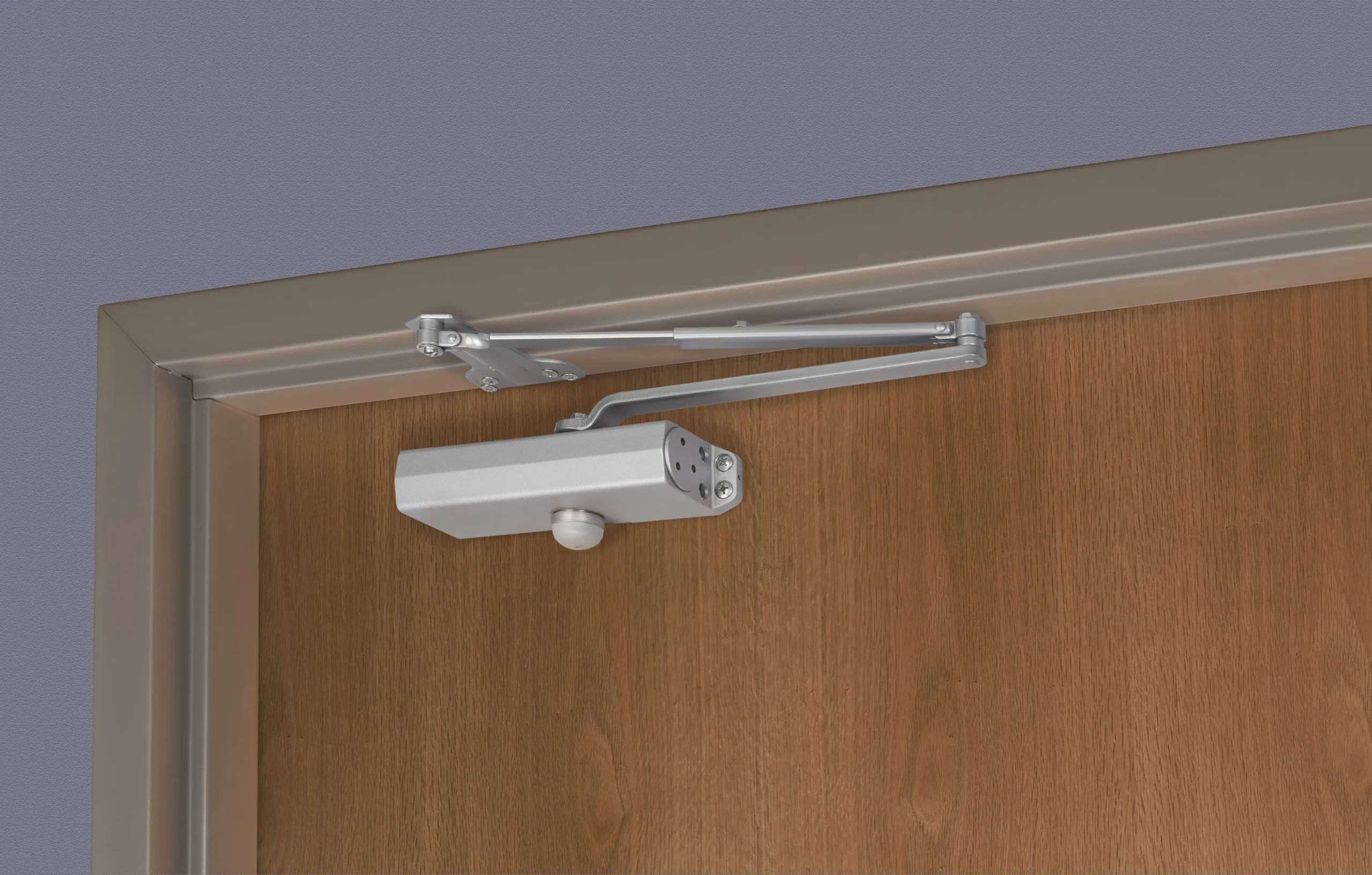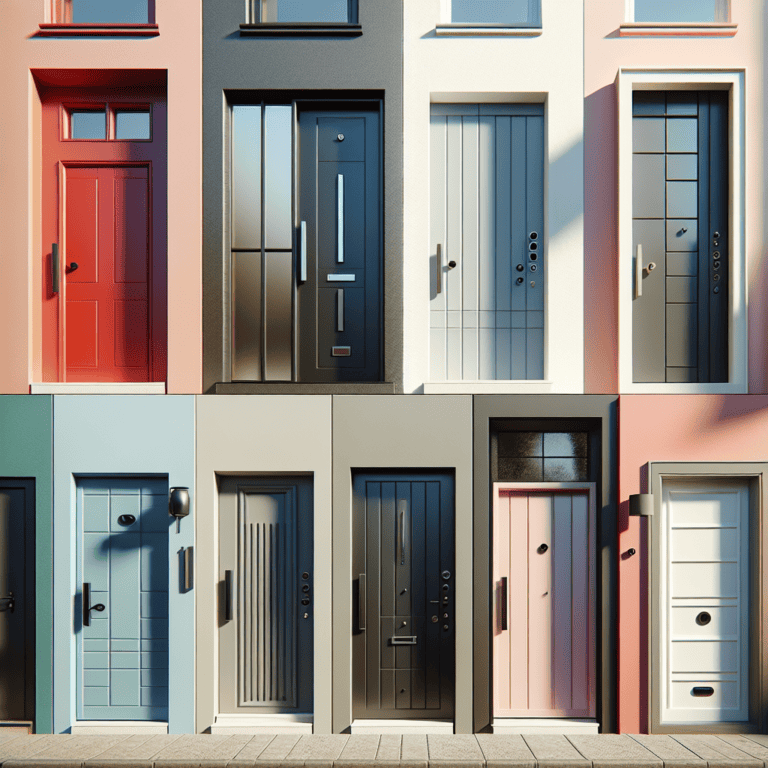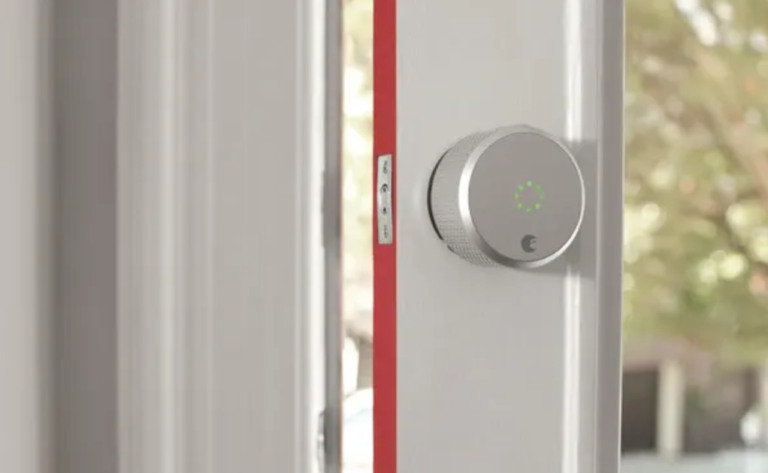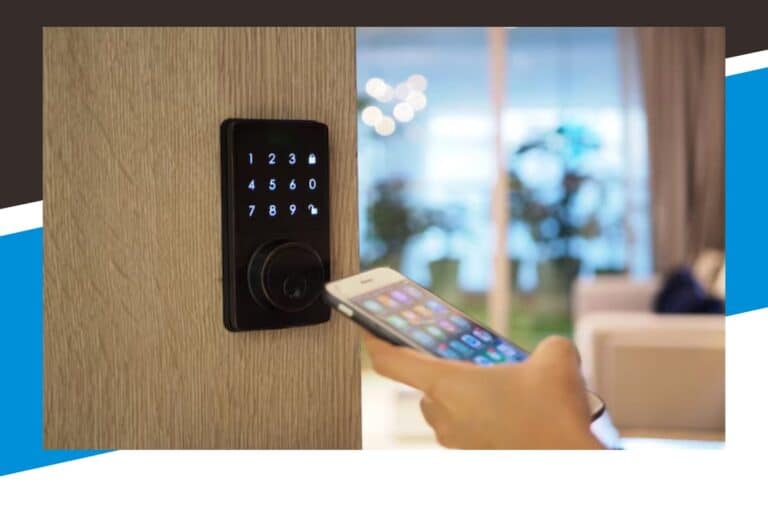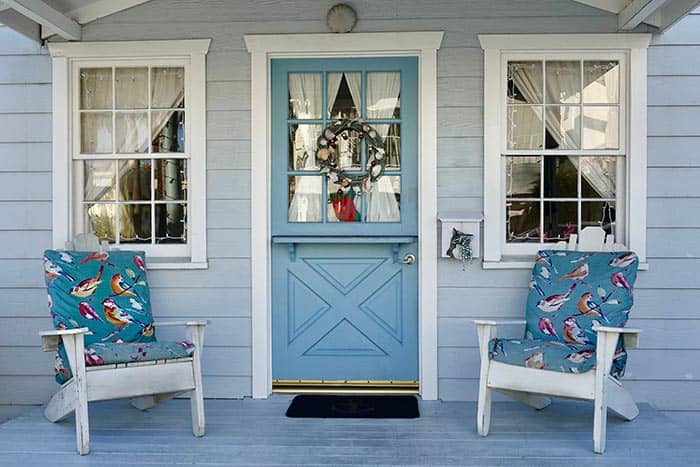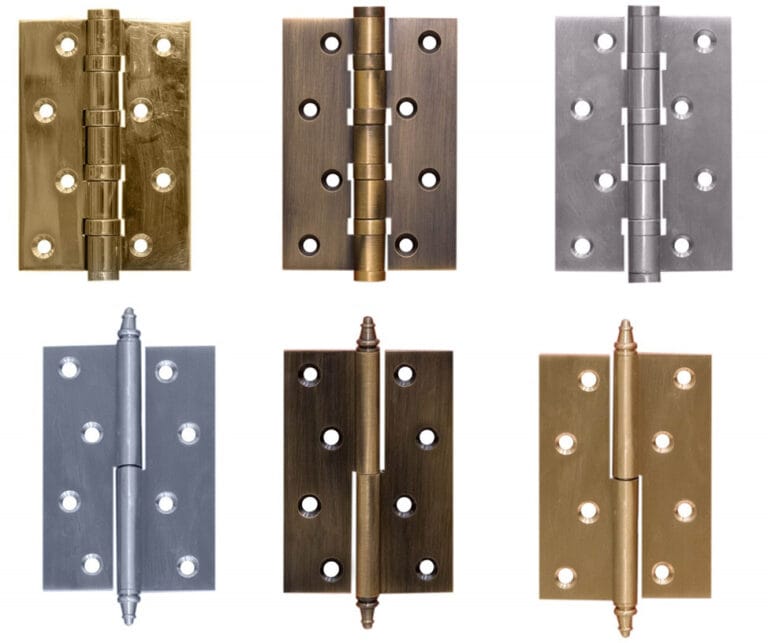Commercial Door Closers
Installing commercial door closers is a crucial skill for door installers, facility managers and maintenance professionals. Proper installation ensures smooth operation, enhances safety, and prolongs the life of your doors.
In this guide, we’ll walk you through how to install commercial door closers step by step. We’ll cover everything from choosing the right closer to troubleshooting common issues, helping you master this essential task.
What Are Commercial Door Closers?
Commercial door closers are mechanical devices that automatically close doors after they’ve been opened. These devices play a key role in building safety, security, and energy efficiency.
Types of Commercial Door Closers
Several types of commercial door closers exist, each suited for different applications:
- Surface-mounted commercial door closers: These are the most common, attached to the door frame and the door itself.
- Concealed commercial door closers: Hidden within the door or frame, offering a sleek appearance.
- Floor mounted commercial door closers: Installed in the floor, often used for glass doors.
Key Components Commercial Door Closers
Understanding the components of a door closer is essential for proper installation and maintenance:
A commercial door closer consists of several key components that work together to ensure smooth and controlled door operation:
- Body (Closer Mechanism): The main housing that contains the spring and hydraulic mechanism, responsible for controlling the speed and force of the door’s movement.
- Arm: This connects the door closer to the door and frame. There are many different types of arms such as regular, parallel, and top jamb arms, each designed for specific door mounting configurations.
- Spring: Located inside the body, the spring stores energy when the door is opened and releases it to close the door. It also determines the strength needed to close the door.
- Hydraulic Fluid: Helps control the speed of the door’s closing action by regulating the flow of fluid within the closer’s body. This allows for adjustments to closing and latching speeds.
- Valves: There are usually two or more valves in a commercial door closer: one to control the closing speed and another to control the latching speed. Some models may also have a backcheck valve to slow the door’s opening beyond a certain point.
- Mounting Plate: This is the hardware used to attach the door closer body to the door or door frame securely.
- Cover: Some door closers have a decorative cover that conceals the mechanical parts for a cleaner appearance.


A study by the Door and Hardware Institute found that improper adjustment of these valves causes 45% of door closer malfunctions. This statistic underscores the importance of understanding each component’s function.
Choosing the Right Door Closer
Selecting the appropriate door closer is critical for optimal performance. Consider these factors:
- Door weight and width: Heavier doors require stronger closers.
- Traffic volume: High-traffic areas need heavy-duty closers (rated for at least 1 million cycles).
- Building purpose: Healthcare facilities often require specialized closers with hold-open features for patient rooms.
- Environmental factors: Exterior doors exposed to wind and weather need closers with stronger spring tension and corrosion-resistant finishes.
Door closers are assigned one of three grades as determined by ANSI/BHMA 156.4. This universal rating tests the number of open-close cycles the door can withstand.
The National Fire Protection Association mandates that fire-rated doors must have closers that automatically latch the door to maintain the fire barrier.
As we move forward to the installation process, it’s important to keep these factors in mind. The next section will guide you through the step-by-step installation of commercial door closers, ensuring you can apply this knowledge effectively.
How to Install a Commercial Door Closer
Gather Your Tools
To install a commercial door closer, you’ll need several tools to ensure a proper and secure installation. Here’s a list of the essential tools:
Screwdriver (Phillips or Flathead): You’ll need this to secure the screws that attach the door closer to the door and frame.
Drill: A power drill with the appropriate drill bits is necessary for creating holes to mount the door closer and arm if there aren’t pre-drilled holes.
Measuring Tape: To accurately measure the correct placement of the door closer on both the door and frame.
Level: Ensures the door closer and arm are aligned correctly for smooth operation.
Allen Wrench (Hex Key Set): Some commercial door closers use hex screws for adjustments or to secure certain components, such as the arm or valve settings.
Pencil or Marker: To mark the positions for drilling and alignment of the mounting holes.
Wrench Set (Adjustable or Box-End): These are useful for tightening bolts or nuts during installation, especially on certain types of door closer arms.
Template (Provided with the Closer): Most commercial door closers come with a mounting template that helps ensure the hardware is placed in the correct position on the door and frame.
Prepare the Door and Frame
Determine the ideal location for your door closer. Most commercial door closers mount on the pull side of the door, approximately 6 inches from the top. Use your tape measure and pencil to mark the mounting points on both the door and frame.

Mount the Closer Body
With your mounting points marked, attach the closer body:
- Drill pilot holes at your marked points (be careful not to drill through the door).
- Secure the mounting plate to the door using the provided screws.
- Attach the closer body to the mounting plate.
Ensure the closer is level – a misaligned closer can cause improper door function.
Attach the Arm
The arm connects the closer body to the door frame:
- Attach the main arm to the spindle on the closer body.
- Connect the forearm to the main arm.
- Secure the forearm to the door frame using the provided bracket and screws.
Adjust the arm to form a slightly obtuse angle (about 100 degrees) when the door is closed. This positioning ensures optimal performance.
Fine-Tune for Optimal Performance
The final step involves adjusting the closer for smooth operation. Most commercial door closers have two main adjustment valves:
- Closing speed valve
- Latching speed valve
Start with both valves fully closed, then open them about two turns. Open the door to 90 degrees and release it. Adjust the closing speed valve until the door closes in at least 5 seconds. Then, fine-tune the latching speed so the door closes firmly but doesn’t slam.
(Note: The Americans with Disabilities Act requires doors to take at least 5 seconds to move from 90 degrees open to 12 degrees from the latch. Always ensure your adjustments comply with these standards.)
With your door closer properly installed and adjusted, you’ve taken a significant step towards improving your building’s safety and efficiency. However, even the best installation can sometimes encounter issues. In the next section, we’ll address common problems you might face after installing commercial door closers and how to troubleshoot them effectively.
Fixing Door Closer Problems
When the Door Won’t Close Fully
If your door doesn’t close completely, the issue often lies with the closer’s spring tension. To fix this:
- Locate the spring adjustment screw on the end of the closer body.
- Turn the screw clockwise to increase tension.
- Make small adjustments and test after each turn.

Don’t over-tighten, as this can damage your commercial door closer or make the door too difficult to open. If adjusting the spring doesn’t solve the problem, check for obstructions in the door’s path or misalignment of the hinges.
Addressing Speed Issues
A door that closes too quickly or slowly can be dangerous and annoying. Here’s how to address it:
For a door closing too quickly:
- Find the closing speed adjustment valve (usually marked with a “C”).
- Turn it clockwise slightly to slow the closing speed.
For a door closing too slowly:
- Locate the same valve.
- Turn it counterclockwise to increase the closing speed.
Always adjust in small increments. Door closers shall be adjusted so that from an open position of 90 degrees, the time required to move the door to a position of 12 degrees from the latch is 5 seconds minimum.
Stopping Door Slamming
A slamming door is not only noisy but can also damage the door and frame. To stop the slam:
- Find the latch speed adjustment valve (often marked with an “L”).
- Turn it clockwise to slow the door’s speed in the last few inches of closing.
If this doesn’t solve the issue, check the closer’s overall closing speed and adjust as needed.
Quieting Noisy Closers
Unusual noises from your door closer often indicate a need for maintenance. Here’s what to do:
- Check all mounting screws and tighten any that are loose.
- Inspect the arm joints for wear and lubricate if necessary.
- If you hear a hissing sound, there might be air in the hydraulic system. (In this case, it’s best to consult a professional or consider replacing the closer.)
Regular maintenance is crucial for all types of commercial door closers to prevent many of these issues. Lubrication is required once every six months to a year, depending on the type of door and its level of use. Hinges and door closers should get special attention.
Dealing with Misalignment
Misalignment can cause various issues with door closers. To address this:
- Check if the door is hanging properly on its hinges.
- Ensure the closer body is level and securely attached to the door.
- Verify that the arm is correctly connected to both the closer body and the door frame.
If you notice any misalignment, adjust the components accordingly. (This might require loosening and re-tightening screws or repositioning the closer.)
For more information on door components and maintenance, check out our guide on door handles.
Final Thoughts
Installing commercial door closers requires precision and knowledge of their components. We at Door Digest have provided a comprehensive guide on how to install universal hardware commercial door closers. This process enhances building safety and efficiency when executed correctly. Regular maintenance, including biannual inspections and lubrication, ensures optimal functionality of your door closers.

Professional assistance may be necessary for specialized installations or persistent issues. Door Digest offers the latest information on door hardware and installation techniques. We strive to empower homeowners, builders, and industry professionals with knowledge for informed decisions about door systems.
Mastering commercial door closer installation and maintenance creates safer, more efficient buildings. Our tips equip you to handle this important aspect of building management effectively. Door Digest remains your trusted source for comprehensive door information, from product reviews to industry trends and installation guides.
